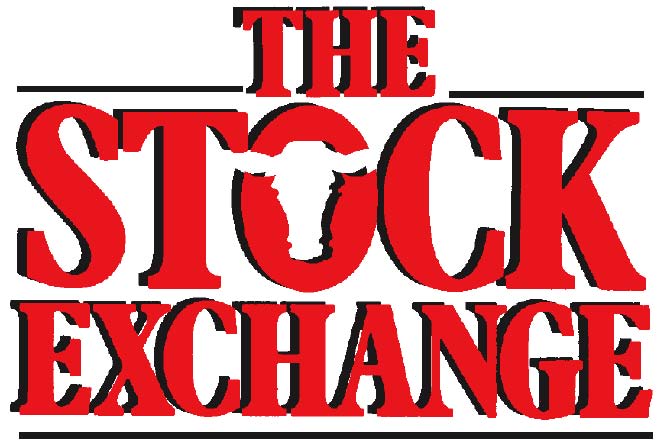Profiting on Cull Cattle
Dean Kreager, Ohio State University Extension Agriculture and Natural Resources Educator, Licking County (originally published in Ohio Farmer on-line) Teat or udder problems are just one reason for considering culling a cow. As cattle producers we often look at ways to improve our bottom line. Where can we profit the most from our production? Is it from sales of feeder calves, breeding stock, finished cattle, freezer beef or some combination? This decision may change…
